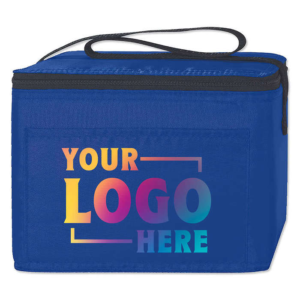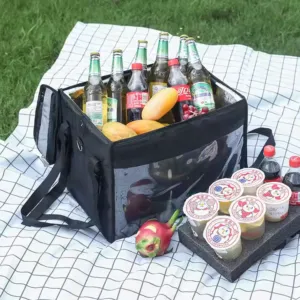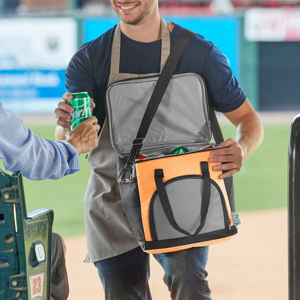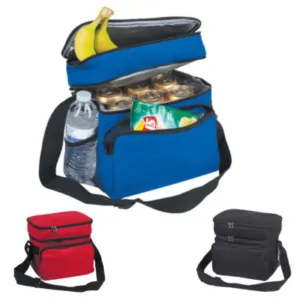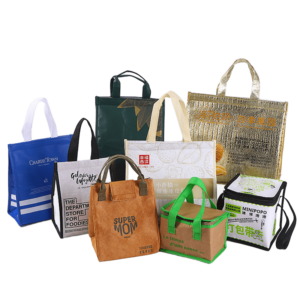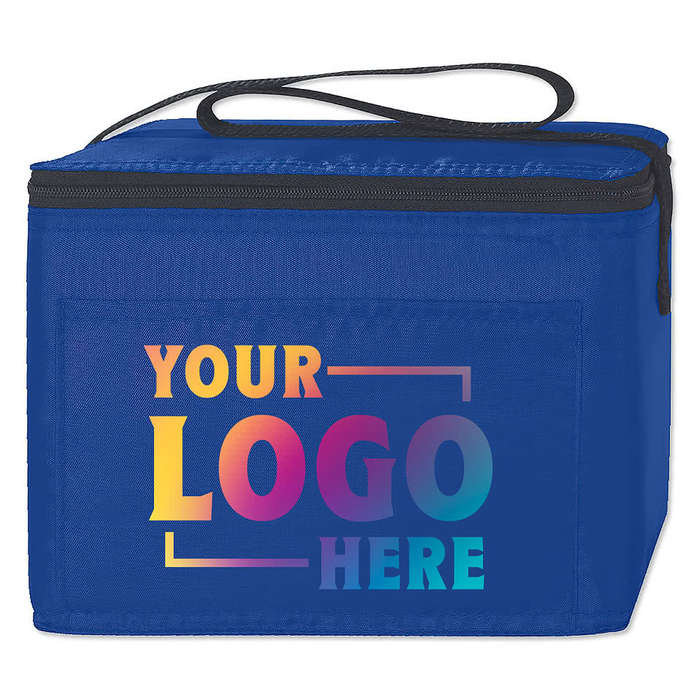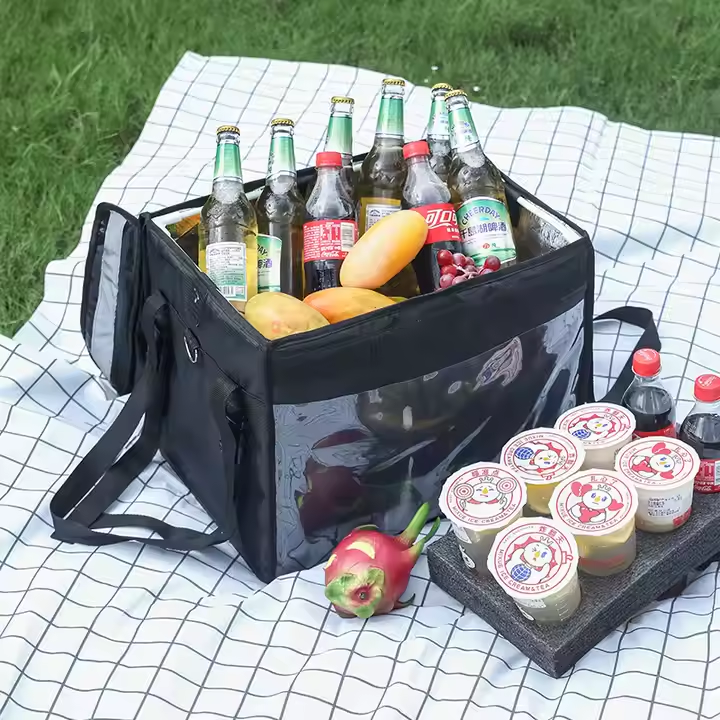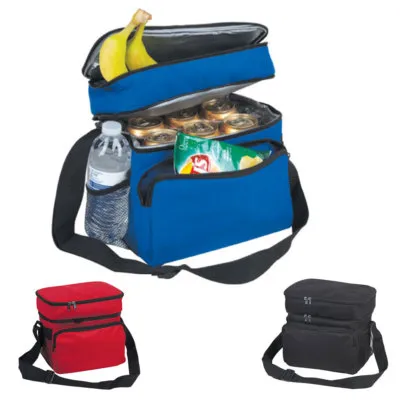Why Do Supermarkets Prefer Non Woven Bags Over Paper?
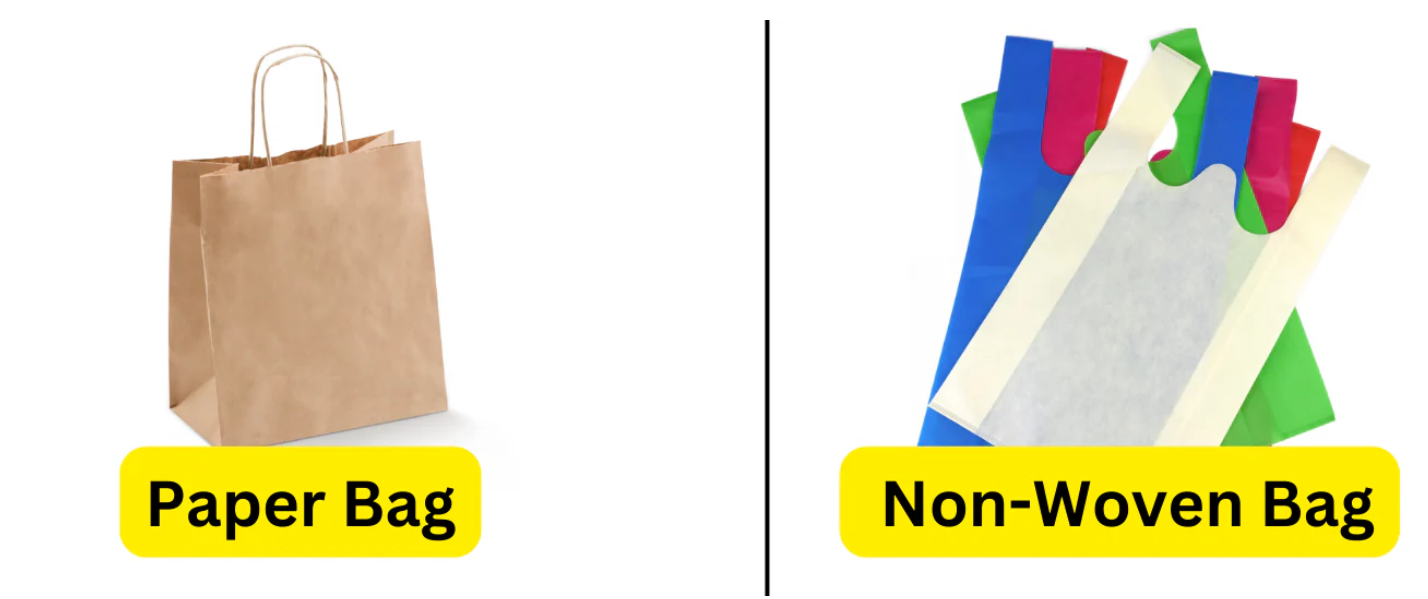
Paper bags tear easily. Customers complain. Supermarkets get bad reviews. Non-woven bags solve this. They last longer, hold more, and feel better in the hand.
Supermarkets prefer non-woven bags because they are stronger, reusable, cost-effective, and offer better branding opportunities compared to traditional paper bags.
Non-woven bags seem like a simple switch, but they changed supermarket logistics. Let’s look at why and how this happened.
Why did supermarkets stop using paper bags?
Paper bags fail when wet. They tear under heavy items. Customers hate that. Stores pay for replacements. Complaints increase.
Supermarkets stopped using paper bags because they are not durable, are costly, and perform poorly in wet conditions.
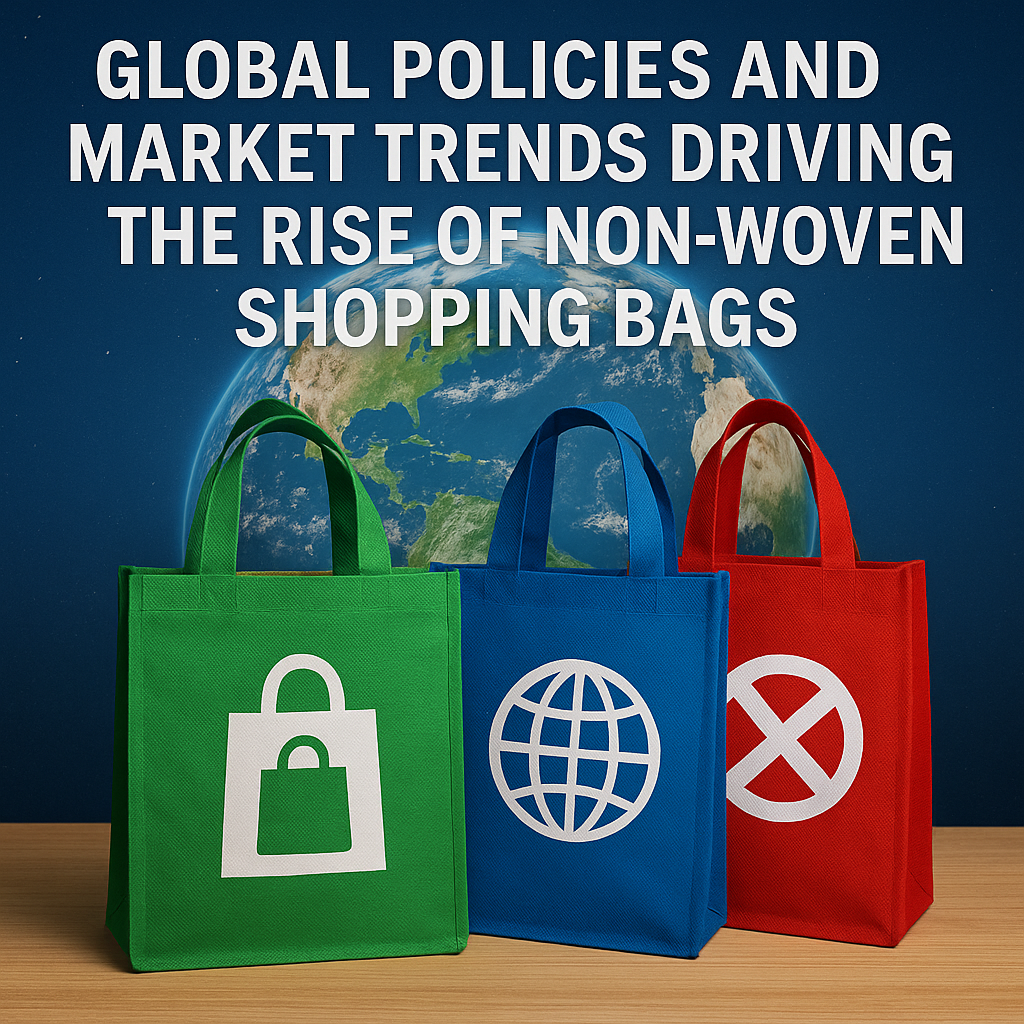
Paper Bags Are Weak in Practical Use
Customers often carry cold drinks, meat, or fresh produce. These items cause condensation. When this moisture touches paper bags, they weaken fast. The bag breaks. Groceries spill.
| Feature | Paper Bags | Non-Woven Bags |
|---|---|---|
| Water Resistance | Very poor | Excellent |
| Weight Capacity | Low | High |
| Durability | One-time use | Reusable |
| Branding Space | Limited | Full surface print |
This failure means stores must provide extra bags. That adds cost. It also frustrates customers. For large supermarket chains, this problem adds up fast.
Why use non-woven bags?
Non-woven bags are reusable. They carry more. They’re waterproof. They are cheap in bulk. They hold bold logos. Customers reuse them often.
Non-woven bags are strong, reusable, and more suitable for branding and cost-effective distribution in supermarkets.
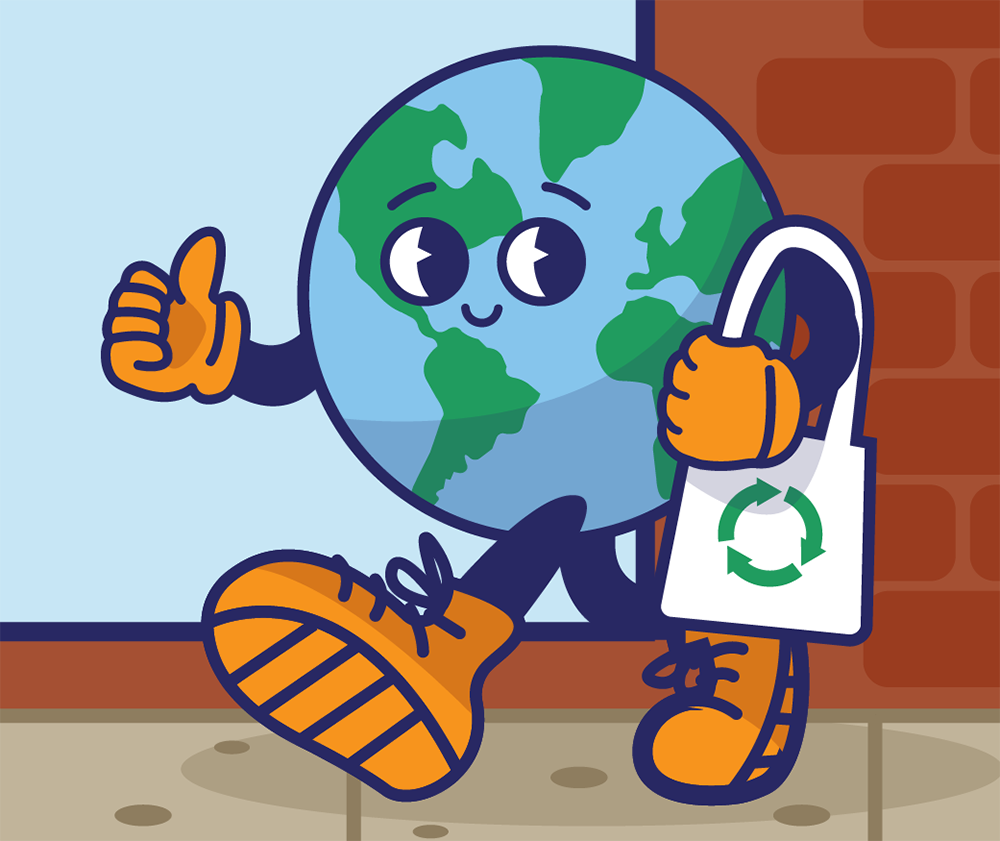
Non-Woven Bags Improve Every Part of the Supply Chain
Non-woven bags use polypropylene. This material is light, durable, and recyclable. When I talk to buyers in Europe and North America, they ask about durability first. Non-woven bags check all their boxes.
| Benefit | Explanation |
|---|---|
| Durability | Can be reused dozens of times |
| Customization | Full color, large print space |
| Water Resistance | Keeps groceries safe even in wet weather |
| Customer Experience | Comfortable handles, soft fabric feel |
These bags also help brand recognition. Big supermarket chains print their logos in bright colors. When customers reuse them, the brand gets free advertising.
What are the disadvantages of non-woven bags?
They are made from plastic. Some people call them “fake green.” They can’t break down like paper. They can still pollute if misused.
Non-woven bags are plastic-based and non-biodegradable, raising environmental concerns despite being reusable.
The Eco Debate Is Not Simple
Many customers ask, “Aren’t non-woven bags just plastic?” That’s partly true. They are made from PP plastic. But they are reused many times. That changes the math.
| Concern | Non-Woven Bags | Reality |
|---|---|---|
| Plastic Origin | Yes, from polypropylene | Not biodegradable |
| Reusability | High | Offsets plastic use |
| Recycling | Yes, if facilities exist | Still rare in some areas |
| Public Perception | Mixed | Depends on local campaigns |
One solution is to educate customers. Supermarkets can launch “reuse rewards” or trade-in programs. These steps reduce waste and show real commitment to the environment.
Why did we switch from paper to plastic bags?
Plastic bags are cheaper. They carry more. They’re waterproof. They’re easy to store. Supermarkets wanted efficiency. Plastic delivered that.
The switch from paper to plastic was driven by lower costs, better durability, and easier storage and handling.
Plastic Bags Changed Retail Forever
In the 1980s, plastic bags1 took over. They were cheaper to make. They needed less space in storage. They weighed less. Checkout speed improved.
| Factor | Paper Bags | Plastic Bags |
|---|---|---|
| Cost | High | Low |
| Strength | Low | Medium |
| Waterproof | No | Yes |
| Storage Volume | Large | Small |
But later, plastic bag bans started. Governments responded to pollution. Now, supermarkets look for a middle way. That’s why non-woven bags2 are rising fast. They are reusable like cloth but priced closer to plastic.
Conclusion
Non-woven bags replaced paper because they are stronger, cheaper long-term, and better for branding in supermarkets.


